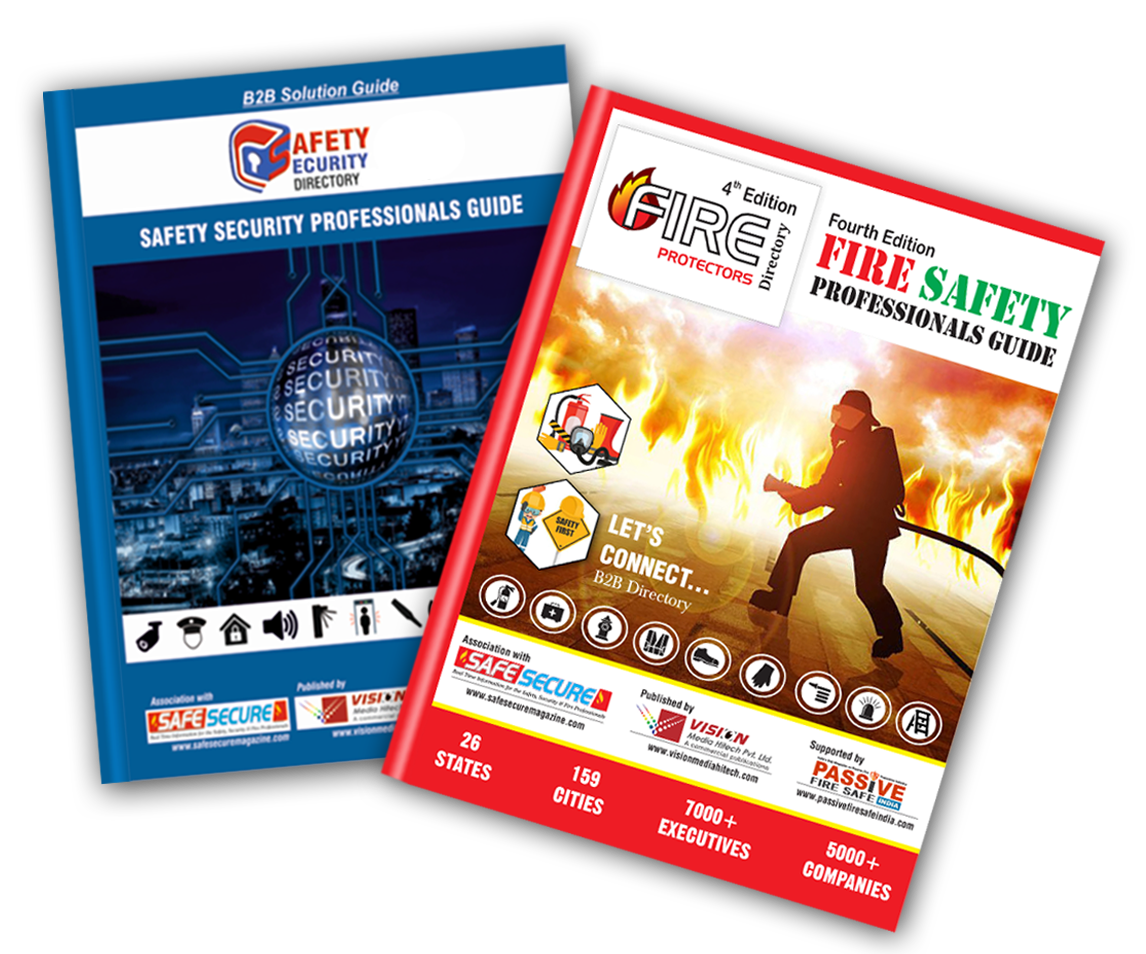Ensuring Data Center Safety: Cutting-Edge Fire Suppression Technologies

Advanced server room fire suppression systems, including clean agents and water mist solutions, provide reliable, non-invasive protection for sensitive IT infrastructure. With quick-response capabilities and minimal damage to electronics, these solutions offer enhanced safety while maintaining operational continuity. Proper system design, installation, and maintenance are key to their effectiveness.
Server rooms and data centers are the heart of modern digital infrastructures. These spaces house critical systems, network equipment, and sensitive data. A fire in such a setting can not only lead to devastating equipment damage but can also result in substantial data loss and prolonged downtime. Therefore, having effective fire suppression systems is essential for safeguarding these high-value assets. This article explores the latest advancements in server room fire suppression solutions, focusing on clean agent systems, water mist technology, and other innovations designed to keep server rooms safe while minimizing risks to sensitive equipment.
Why Server Room Fire Suppression Is Critical?
The IT sector heavily relies on the continuous operation of server rooms and data centers. Any fire incident can compromise the confidentiality, availability, and integrity of the information stored. Server rooms are filled with high-voltage electrical equipment and delicate machinery, making them vulnerable to fire risks.
Traditional fire suppression systems, such as water-based sprinklers, are unsuitable in these environments because water can damage valuable equipment and data. Instead, specialized fire suppression systems have been developed to offer reliable protection while minimizing the risk of damage to electronics and preventing business disruption.
Key Fire Suppression Solutions for Server Rooms
1. Clean Agent Fire Suppression Systems
Clean agent fire suppression systems are the leading solution for server room fire protection. These systems utilize non-toxic, non-conductive chemicals, such as FM-200 or NOVEC 1230, that suppress fires by removing heat and oxygen without leaving residues that could damage electronic equipment.
Advantages:
- Fast Response Time: Clean agents quickly extinguish fires within seconds of detection.
- Minimal Equipment Damage: Since they are non-conductive and leave no residue, clean agents pose no risk to delicate IT infrastructure.
- Environmentally Safe: Many clean agents are designed to be environmentally friendly, with low ozone depletion potential.
- Safe for Occupants: Clean agents are safe for human exposure, so there is no need to evacuate during activation.
Clean agent systems are often integrated with advanced fire detection technology to ensure fast and precise activation.
2. Water Mist Fire Suppression Systems
Water mist systems use a fine spray of water droplets to suppress fires. Unlike traditional sprinklers, water mist systems use a minimal amount of water to extinguish fires, making them ideal for server rooms and data centers where water damage to equipment is a concern.
Advantages:
- Reduced Water Usage: Water mist systems require significantly less water compared to conventional sprinklers, minimizing the risk of water damage to sensitive equipment.
- Efficient Cooling: The fine mist cools the air and reduces the temperature around the fire, effectively suppressing it.
- Environmentally Friendly: Since they use less water, these systems are eco-friendly and sustainable.
Water mist systems are often used in combination with clean agent systems in large data centers, where both rapid fire suppression and minimal water usage are needed.
3. Inert Gas Fire Suppression Systems
Inert gas systems, such as IG-55 and IG-541, use a mixture of gases like nitrogen, argon, and CO2 to reduce the oxygen levels in the server room to suppress fire. This method is highly effective in confined spaces, where oxygen depletion quickly extinguishes fires.
Advantages:
- No Residue: Inert gases don’t leave behind any residue or contaminants, making them ideal for environments where cleanliness is critical.
- Non-toxic and Safe for Occupants: Since the gases are naturally occurring, they are safe for human exposure during activation.
- Highly Efficient: Inert gases suppress fires by reducing the oxygen levels without causing damage to electronics.
Inert gas systems are often used in combination with clean agent systems for a more comprehensive fire suppression solution.
4. Foam-Based Fire Suppression Systems
Foam-based fire suppression systems are also an option for server room protection, although they are more commonly used in environments dealing with flammable liquids. These systems release foam to blanket the fire, preventing it from reigniting.
Advantages:
Highly Effective on Fuel Fires: Foam systems are excellent at suppressing fires caused by flammable materials and electrical fires.
Fast Activation: Foam-based systems respond quickly to fires, minimizing damage to sensitive equipment.
While not as common as clean agents or water mist systems in IT environments, foam systems may be used in specialized situations, such as server rooms storing flammable materials.
Considerations When Choosing a Fire Suppression System for Server Rooms
1. Type of Equipment and Risk Profile
Different server rooms have varying equipment types and configurations. The size of the space, type of equipment (e.g., server racks, networking hardware), and fire risk profile will determine the appropriate suppression system. For instance, clean agent systems are ideal for most server rooms due to their speed and minimal damage to equipment.
2. Space Configuration
Server rooms vary in layout, from small, single-rack environments to large data centers with hundreds of racks. The system selected must be scalable and tailored to the specific layout, ensuring proper coverage and efficacy.
3. Integration with Fire Detection Systems
A modern fire suppression system must be integrated with sophisticated fire detection technology. Early detection is critical for minimizing damage. Smoke, heat, and flame detectors should be installed to quickly identify a fire and activate suppression systems.
4. Compliance and Industry Standards
Server room fire suppression systems must comply with international standards, such as NFPA 75 (for fire protection of electronic equipment) and ISO 14520 (for clean agent systems). Compliance ensures that the systems meet safety and operational guidelines.
Best Practices for Server Room Fire Safety
1. Regular System Maintenance:
Fire suppression systems must be regularly inspected and maintained to ensure proper functionality. Maintenance should include checking agent levels, testing alarm systems, and verifying the integrity of the suppression system components.
2. Employee Training:
Employees should be trained on how to respond in the event of a fire, including evacuation protocols and the operation of fire safety equipment.
3. Routine Fire Drills:
Conduct regular fire drills to familiarize staff with emergency procedures and ensure that everyone knows their roles in a crisis.
4. Monitoring and Alerts:
Consider implementing a 24/7 monitoring system for your fire suppression setup, which can alert facility managers in case of any issues or fire events.
Conclusion
As the reliance on digital infrastructure continues to grow, the need for advanced fire suppression systems in server rooms becomes more urgent. The latest solutions, such as clean agent systems, water mist technology, and inert gas systems, offer precise and effective fire suppression with minimal impact on sensitive equipment. By selecting the right system and ensuring ongoing maintenance and training, organizations can protect their valuable IT assets from fire risks and maintain uninterrupted operations.
(Fire "Safety Blogs" Published in February 2025 Edition)
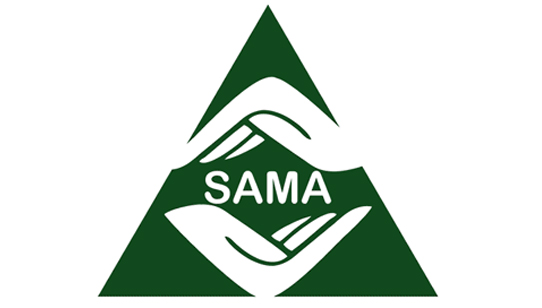
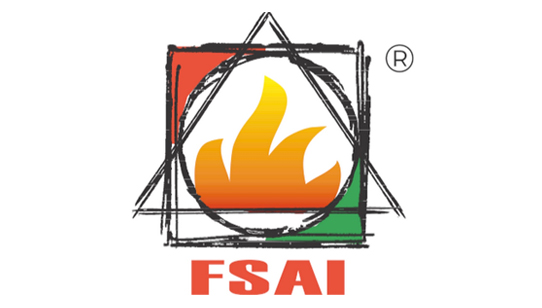
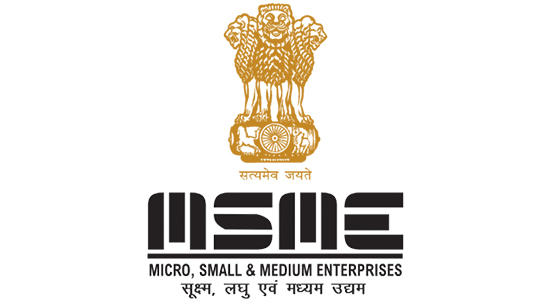
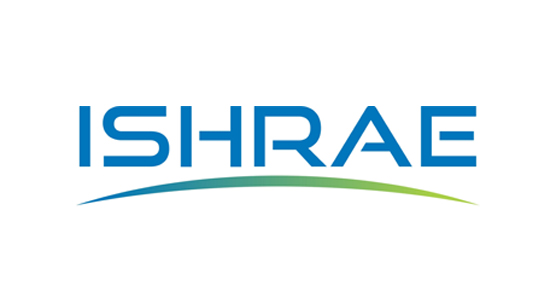
.png)



